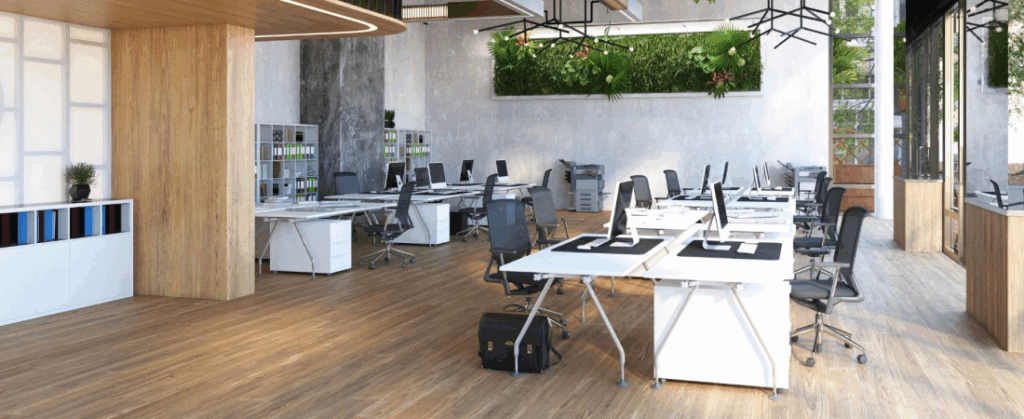
By Dzine Decoded
When people think of interior design, they often imagine stylish homes, cozy living rooms, or elegant bedrooms. But designing a commercial space—like an office, retail store, or café—is a different ballgame altogether. At Dzine Decoded, we specialize in both residential and commercial interiors, and we know that the goals, challenges, and design approaches differ greatly between the two.
Let’s decode the key differences:
1. Purpose & Functionality
Residential: The primary goal is comfort and personal expression. Every corner should reflect the homeowner’s lifestyle, routine, and personality.
Commercial: Functionality comes first. Designs are created to enhance productivity, facilitate operations, and reflect brand identity.
2. Design Language
Residential: More emotional and personalized—colors, textures, and layouts are tailored to the resident’s taste and habits.
Commercial: It’s about first impressions and flow. The design must appeal to clients, employees, or visitors and reinforce the brand.
3. Space Planning
Residential: Focuses on optimizing space for relaxation, daily use, and aesthetic appeal.
Commercial: Involves strategic layout planning to maximize efficiency, support foot traffic, and adhere to safety standards.
4. Material Choices
Residential: Emphasis on comfort, durability, and aesthetics. Materials may be more delicate or curated.
Commercial: Must prioritize heavy usage, maintenance ease, and compliance—think fire-rated materials, non-slip flooring, etc.
